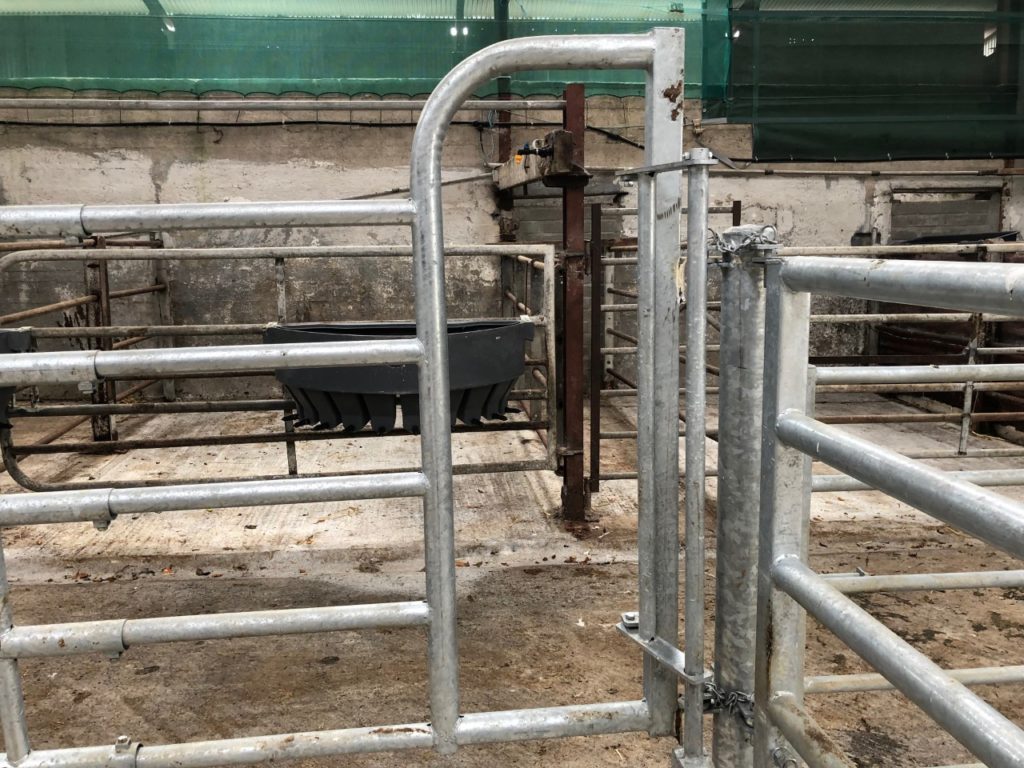Although the days of autumn calving are approaching, there is still time to get calving and calf-rearing facilities in order.
Regardless of what system you operate, sucklers or dairy, work will have to be carried out – if not done so already – to ensure a safe, clean, and fully functional environment is at the ready for when cows start to calve.
First things first, the calving area should be washed thoroughly. Disinfecting and washing the calving area will ensure that any diseases that might have been present are eradicated.
Power washing not only helps to clean the area, but can also be very useful at showing up any damage to gates or fixtures in the pens.
Therefore, once the area is washed down, a thorough check of the calving area should be completed to ensure all gates, including the calving gate and calving essentials such as the calving jack, are working properly.
Furthermore, ensure water troughs are clean and that they aren’t leaking. What’s not ideal is water from troughs falling down onto the straw creating a damp environment.

Anything being held together by bailing twine should be fixed properly before calving starts. Safety is priority number one at this time and corners should not be cut.
Then, after a thorough examination of the calving area is done and anything needing fixing is repaired, make sure plenty of air is getting into the shed. To do this, check that any sheeting or boarding isn’t blocked up, i.e. with cobwebs or straw.
Calving cameras should also be checked to ensure they are working properly.
Open up the doors of the shed fully to allow for the shed to dry out prior to calving starts. The last thing you want is to be calving cows and bringing calves into a damp environment, an environment that unwanted diseases can thrive in.

On a safety point, modern calving facilities have some form of a quick exit from the pen incorporated in the event a cow lunged for a farmer. If it’s a case where you don’t have way of getting out from a pen quickly, it should be something at now.
Calf shed
For suckler farmers, this job won’t be on the to-do list, but for autumn-calving dairy farmers, your work isn’t over just yet.
Again, the calf shed is going to need a thorough cleaning. For those that had it cleaned after the busy spring, it’s one less job to do now.
Much of the same principles that apply to the calving area apply to the calving shed.

Cleanliness is so important so ensure all pens, gates, water and feeding troughs are clean.
On top of that, for any farms with an automatic calf feeding system, it’s worthwhile seeing that it is working properly and if not, get it looked at.
